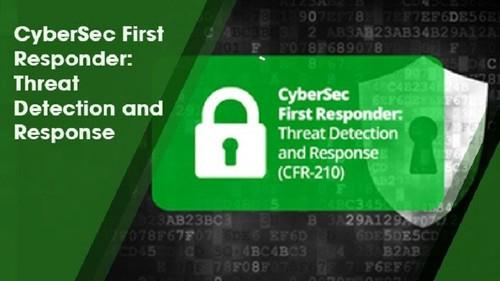
300000006A0237.CyberSec.First.Responder.Threat.Detection.and.Response.Exam.CFR210.CSFR.part1.OR.rar 300000006A0237.CyberSec.First.Responder.Threat.Detection.and.Response.Exam.CFR210.CSFR.part2.OR.rar 300000006A0237.CyberSec.First.Responder.Threat.Detection.and.Response.Exam.CFR210.CSFR.part3.OR.rar 300000006A0237.CyberSec.First.Responder.Threat.Detection.and.Response.Exam.CFR210.CSFR.part4.OR.rar

TO MAC USERS: If RAR password doesn't work, use this archive program:
RAR Expander 0.8.5 Beta 4 and extract password protected files without error.
TO WIN USERS: If RAR password doesn't work, use this archive program:
Latest Winrar and extract password protected files without error.































